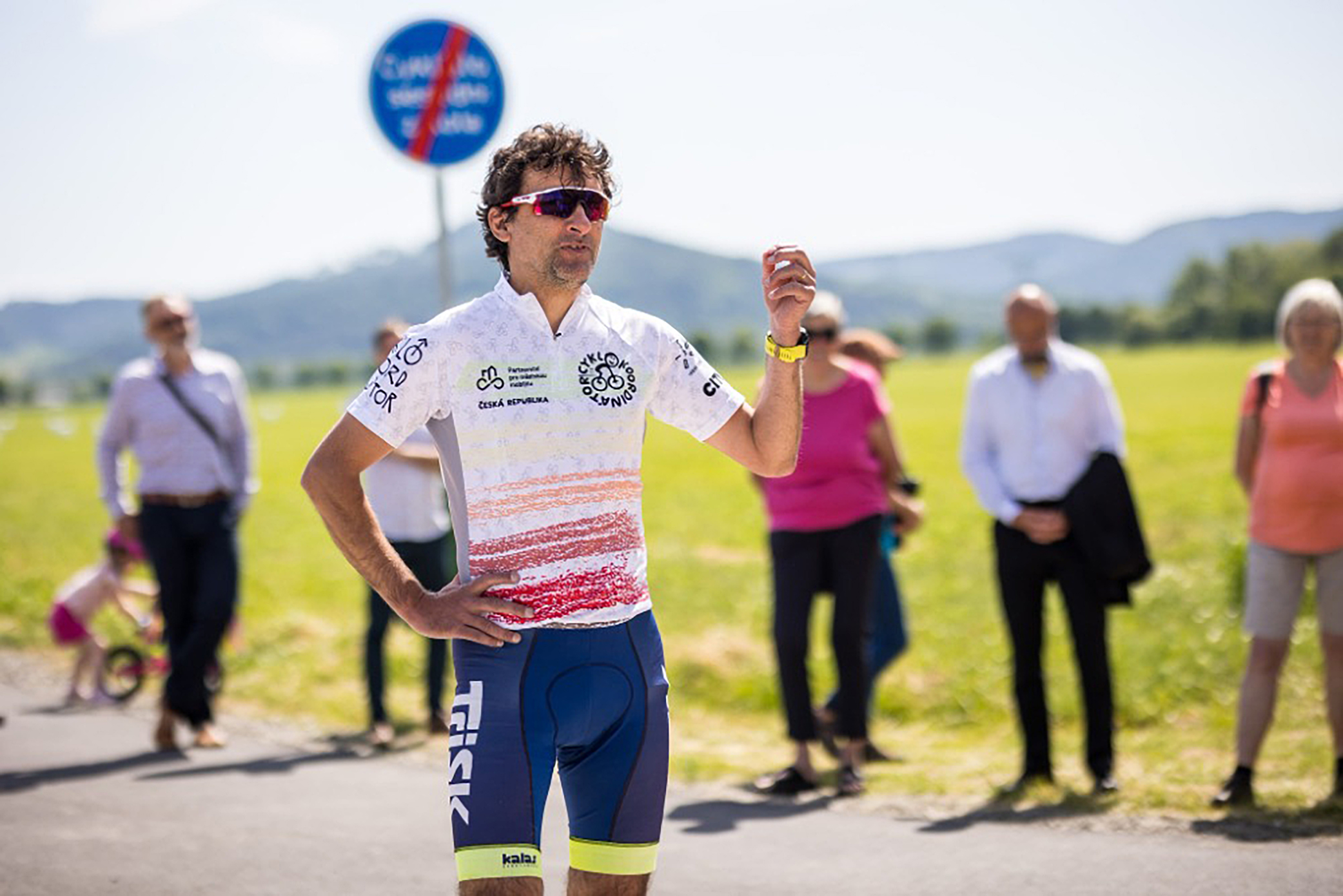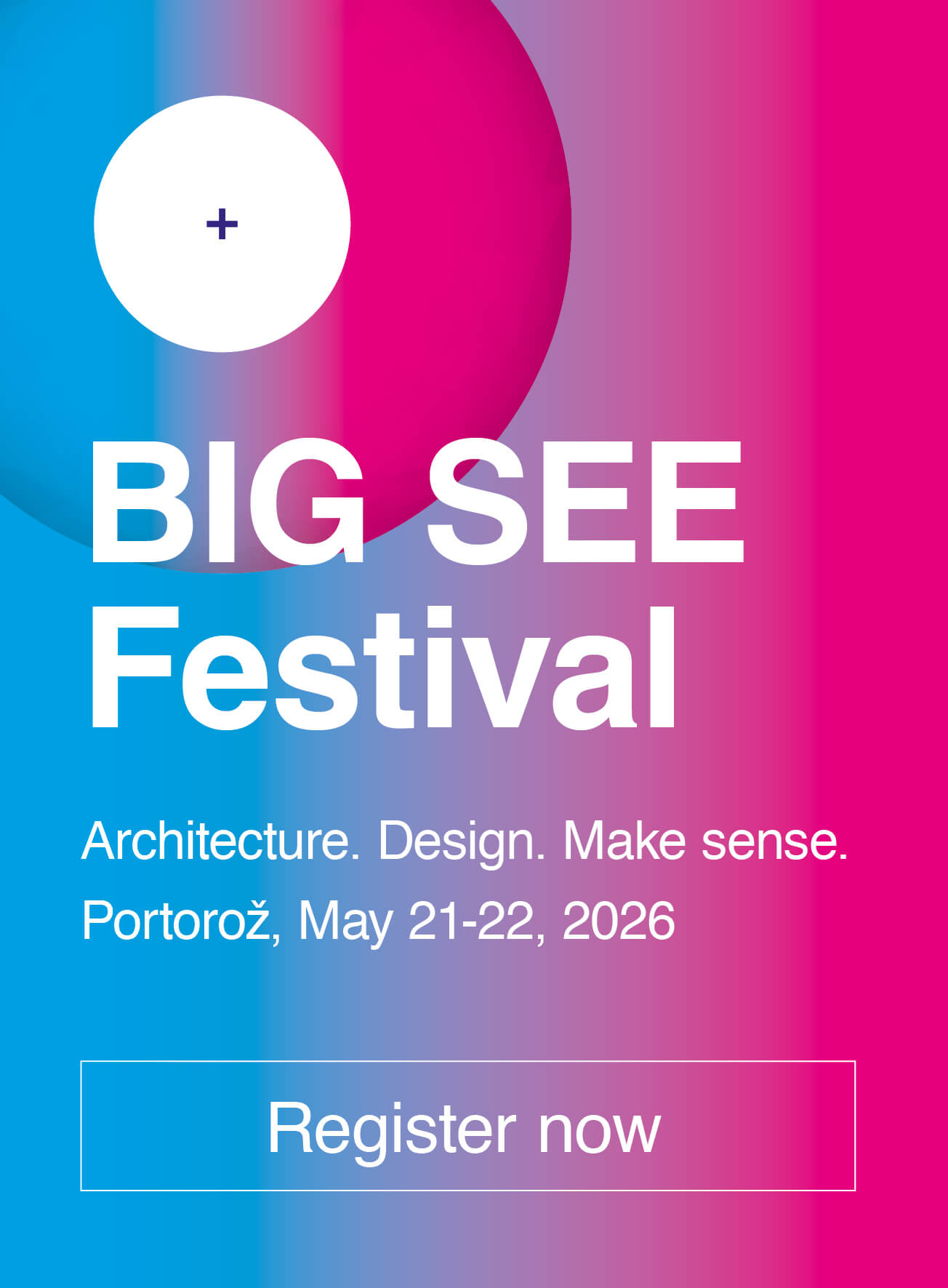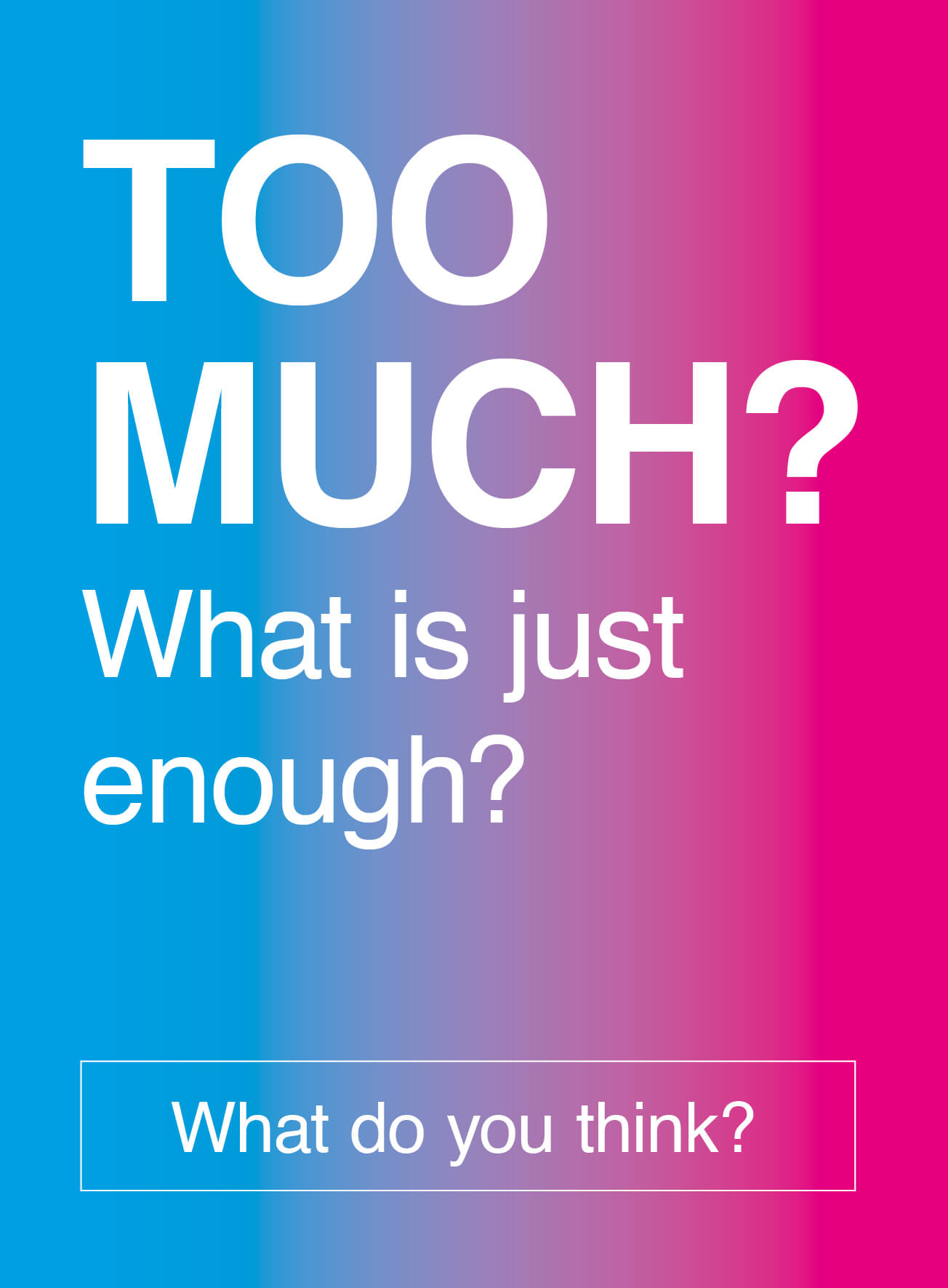Helping to change cities for the better*
* The slogan of the Partnership for Urban Mobility
The Partnership for Urban Mobility (PUM, in Czech: Partnerství pro městskou mobilitu) is a non-governmental organisation with the main aim of helping Czech cities to change for the better by providing them with expertise and services. One of their tools to accomplish their mission is to connect representatives of the cities and municipalities, as well as other (in)formal initiatives in order to co-create various activities and measures relating to the development of the area of (sustainable) urban mobility. They are partners of the Czech government and cooperate with several ministries. At the local level, they communicate the much needed changes with the citizens through their CityChangers initiative.
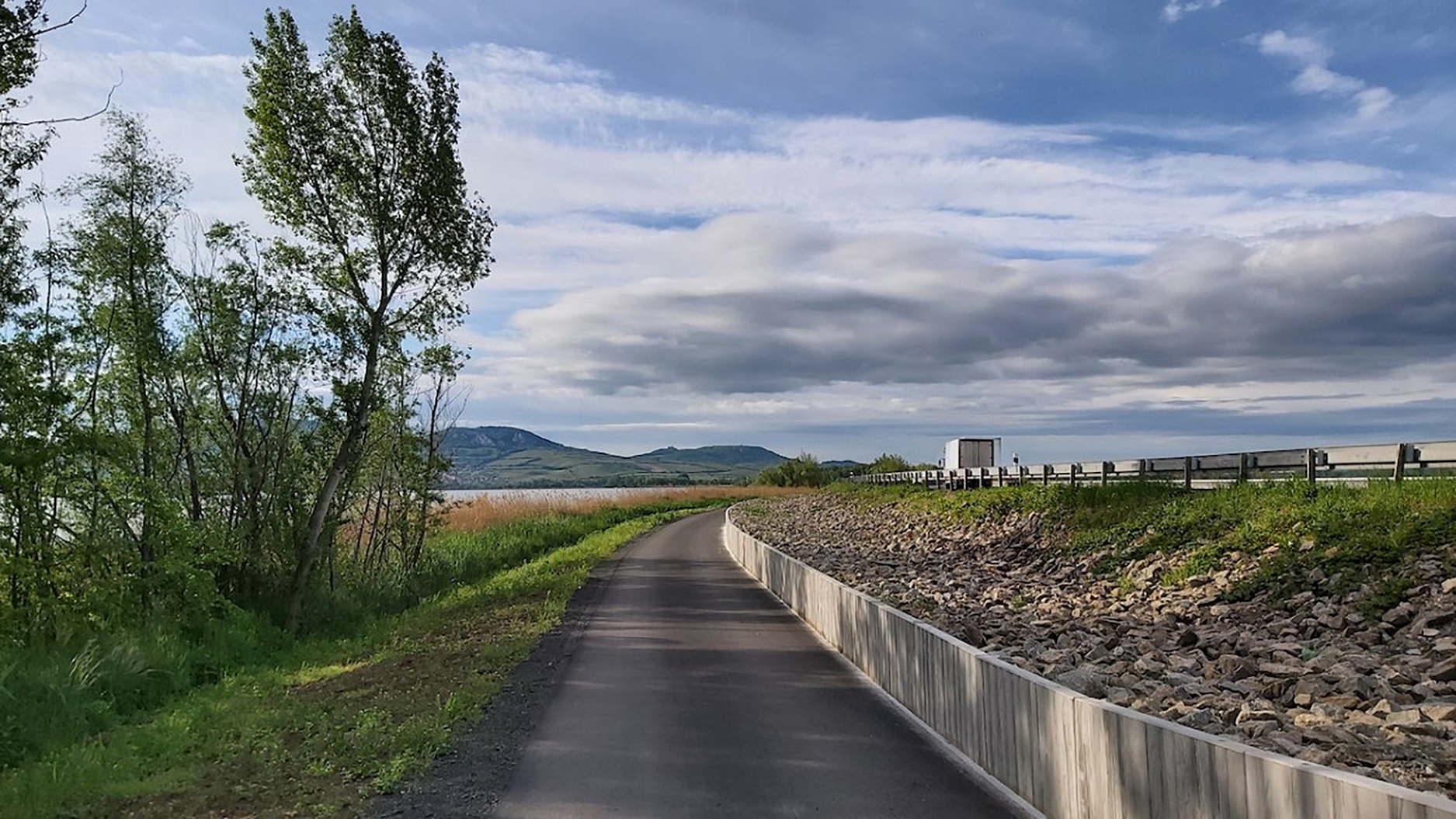
A 2.6 km shared path with a footbridge for pedestrians and cyclists in Nové Mlýny, 2021. Authors: Jakub Nykodym, Jana Otmar, PK Ossendorf. Photo: CityChangers archive
CityChangers is centred on an online platform (https://www.citychangers.eu/) with a mission to improve the current situation of transport and its planning. Any citizen who wants to change something in their environment with regard to mobility is welcome to join and take part. Those leading the project firmly believe that decisions about the functioning and design of public spaces should be made with inclusion of those who live there: drivers, but also pedestrians, cyclists, and users of public transport, in short all of the users. As they say, their intention is “not to ban cars in the cities altogether, but to find a way to efficiently combine all types of transport in the limited spaces of the cities and municipalities.”
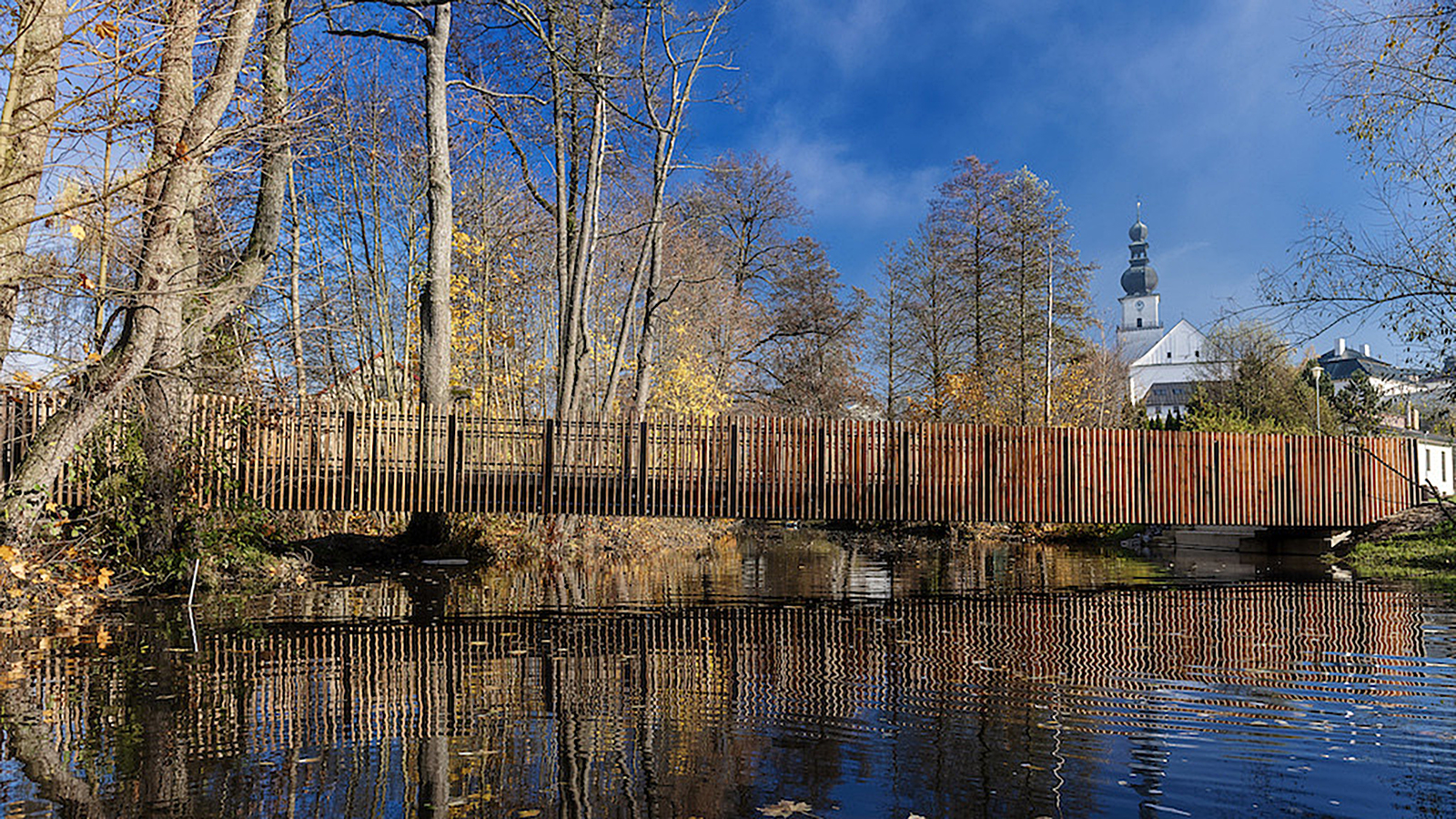
A wooden footbridge that is part of the revitalisation of the Farská Humna Park in Ž ďár nad Sázavou, 2020. Authors: Zbyněk Ryška, Jan Skoupý, Refuel, Optima spol. Photo: Kamil Saliba
One of the employee of PUM is Ondřej Běnek, who is responsible for strategic communication and project management of CityChangers, and currently coordinates one of the platform’s projects, the 10,000 Steps Challenge (10,000 kroků), which will probably soon be available in Slovenia, Slovakia and Poland. Ondřej previously worked in communications at the Department of Transport in the Municipality of Prague. As he revealed during our conversation, he decided to join the team after the project he was working on in the municipality, Zero Emission Prague, was terminated due to a lack of funding and/or political will. He also felt that there were not a lot of opportunities to communicate with regard to the development of sustainable urban mobility. We spoke to him about the project and his work.
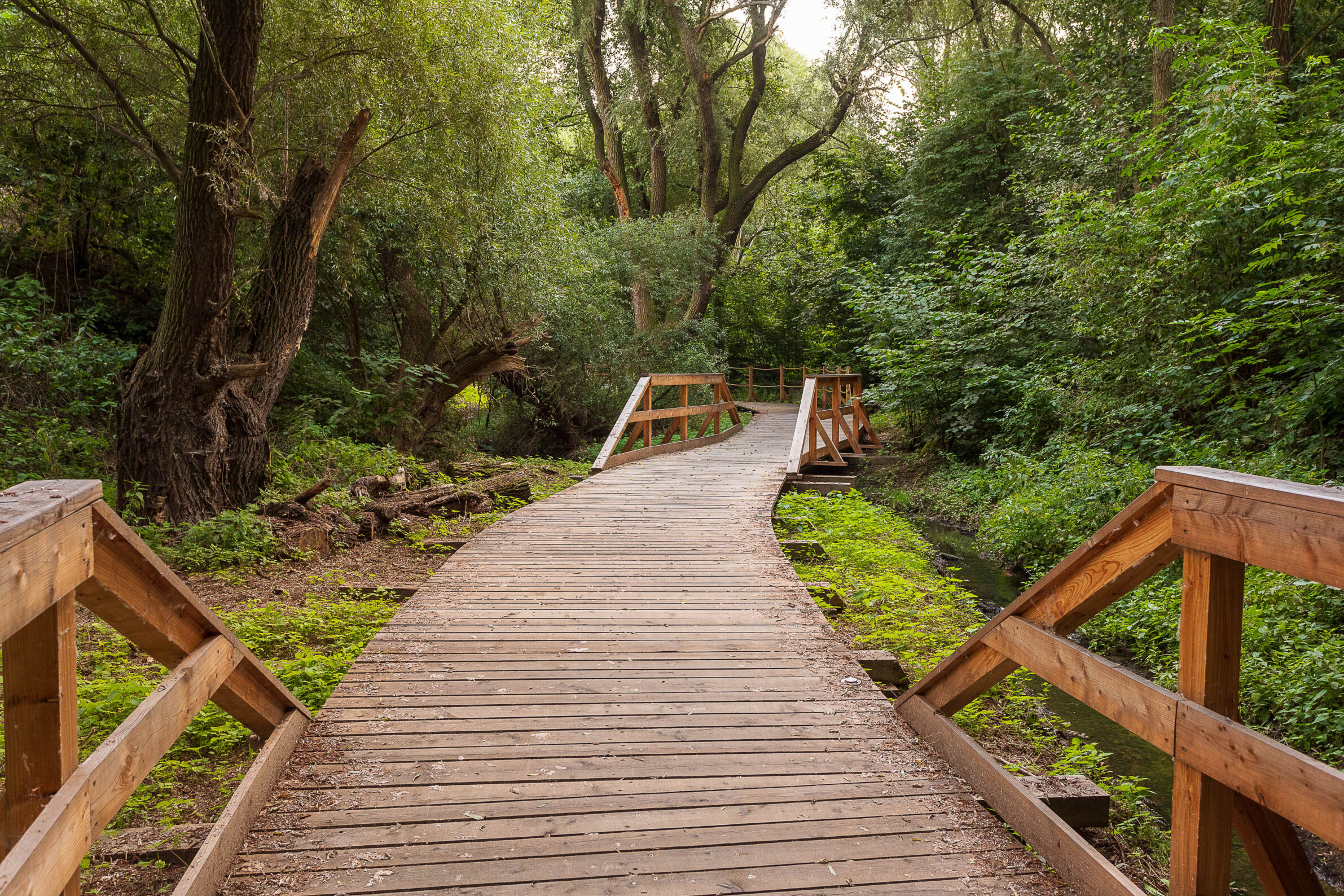
The To Prague by Bike (Do Práce na kole) cycle path in Ří čany, 2018-2020. Authors: Ap Atelier, Petr Bláha, Taxus spol. Photo: Katka Lauerová
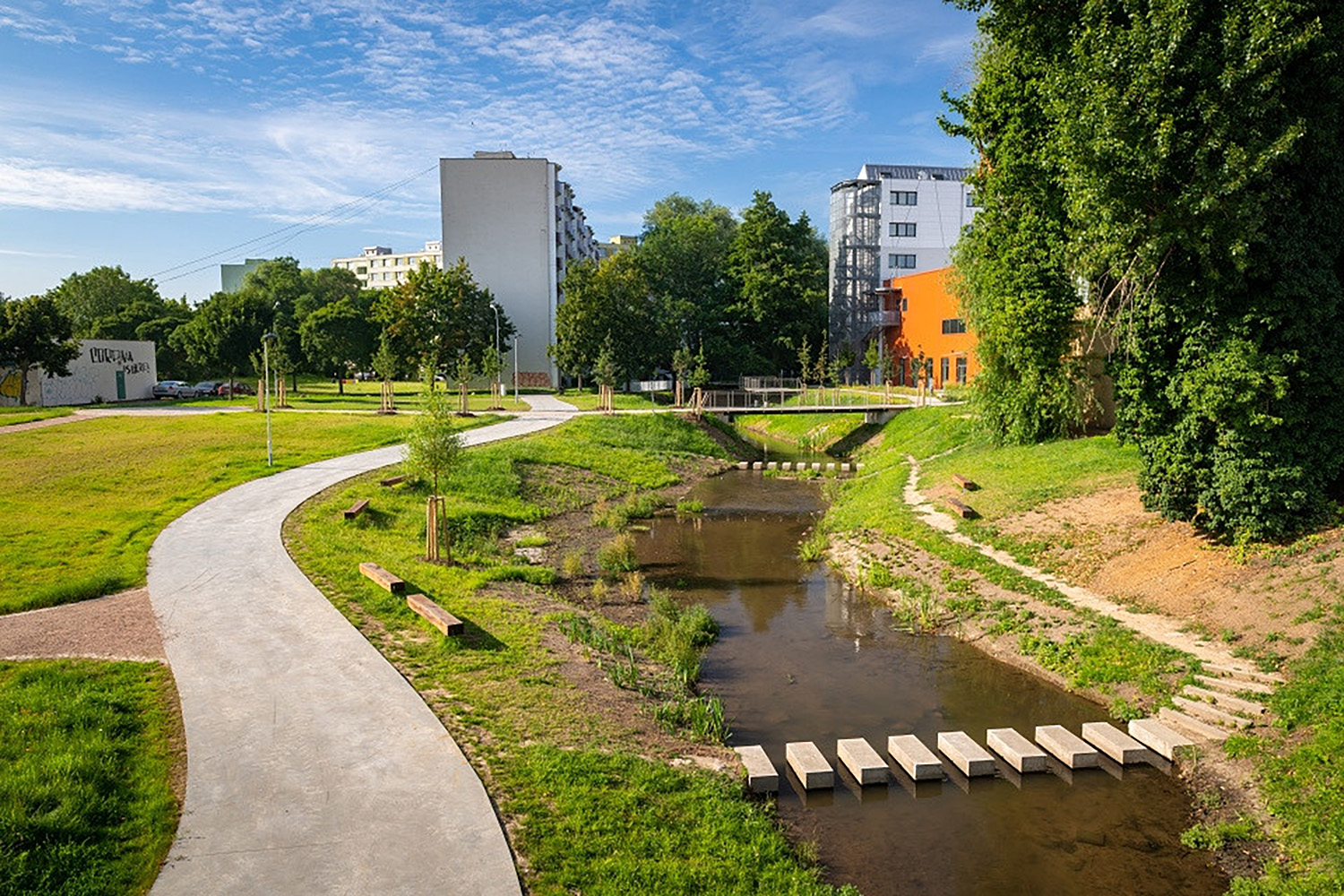
Revitalisation of the Stará Ponávka watercourse in Brno, 2019. Authors: Atelier Fontes. Photo: CityChangers archive
From the perspective of somebody who visits the CityChangers website for the first time, one would imagine that there has to be a lot of people employed in PUM, its umbrella organisation. How true is that?
I don’t know about a lot, but the NGO employs roughly five to eight full-time equivalents, consisting of few full-time staff members, with approximately a dozen contractors with varying workloads.
What are the major activities?
On one hand we are targeting institutions: municipalities, officials, politicians, ministries. We try to get cities and their representatives into our membership. We’ve already got the most relevant ones, about seventy of them, out of some 6,000 in total! For this purpose we established the Academy for Urban Mobility (Akademie městské mobility). Its main work is to share knowledge of how to make certain changes. We also target the general public, our citizens, and the communication with them runs through the CityChangers platform. There we promote things like walking, cycling, urban space, architecture, and so on, and try to show the public that positive changes are possible.
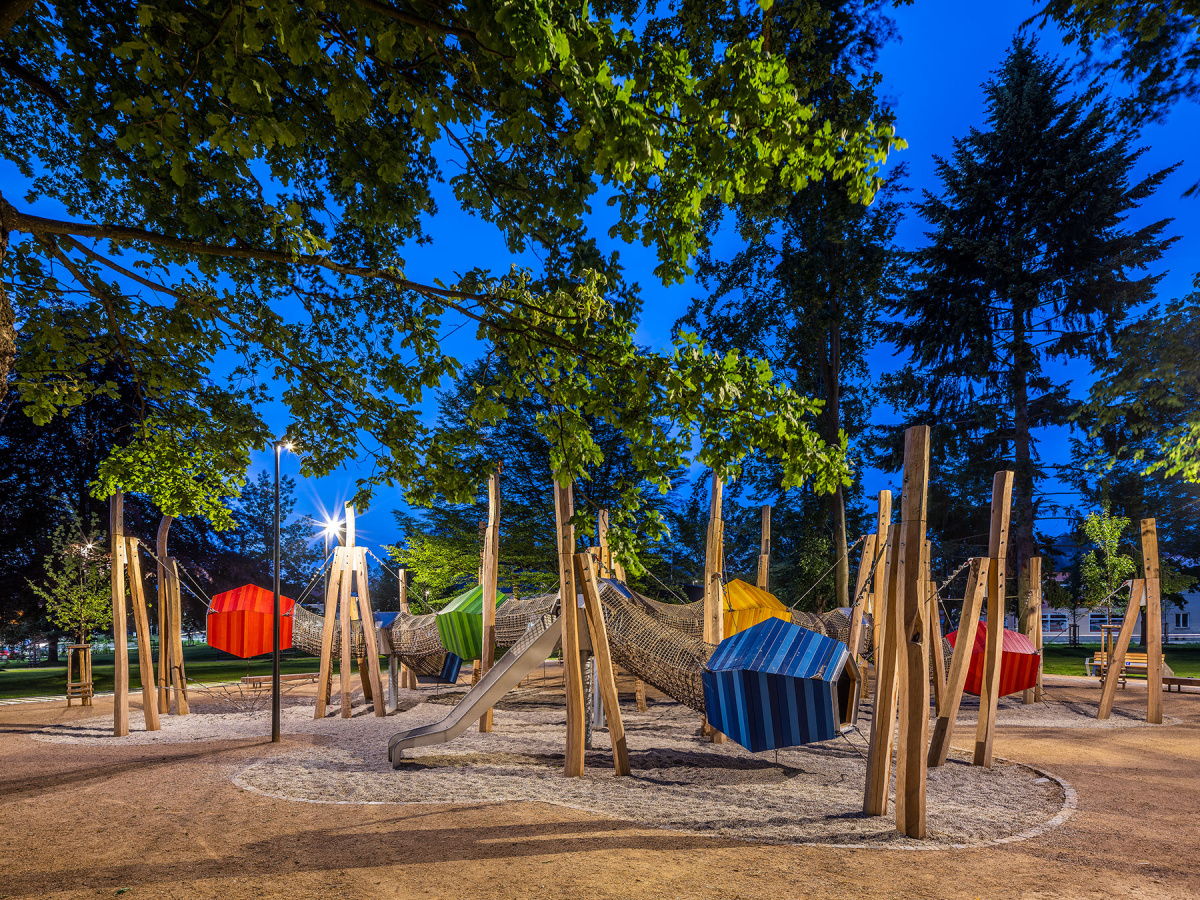
How many projects do you run within the CityChangers?
Within CityChangers we currently have three projects. To promote walking we started the 10.000 Steps Challenge (10,000 kroků), for cycling we have Cycling Vision 2030 (Cyklovize 2030), and to promote better public spaces we run the Vít Branda Award. We invite city representatives and architectural studios to propose the best practices and realisations in recent years. Selected projects are then added to our website in order to show people some examples of positive changes in public space. It’s about showing the best in the Czech environment. Simply saying something works in Amsterdam won’t convince people here, they’ll just say, “This isn’t Amsterdam, it’s Czechia.” So it’s important to use examples from our own country to persuade people. That also gives politicians and officials something concrete to work with.
An important part of the CityChangers initiative seem to be the ambassadors, presented on your website. What’s their role?
The work we do with them is very important. Because every project, every change happens in a real environment, on the streets, so we want to have a local ambassador assigned to each local change. This can be an ordinary citizen, but it is better if the ambassador has some kind of political power. Because then they can discuss the change with other partners, political parties and also with the local people. We want to promote them and help with communication.
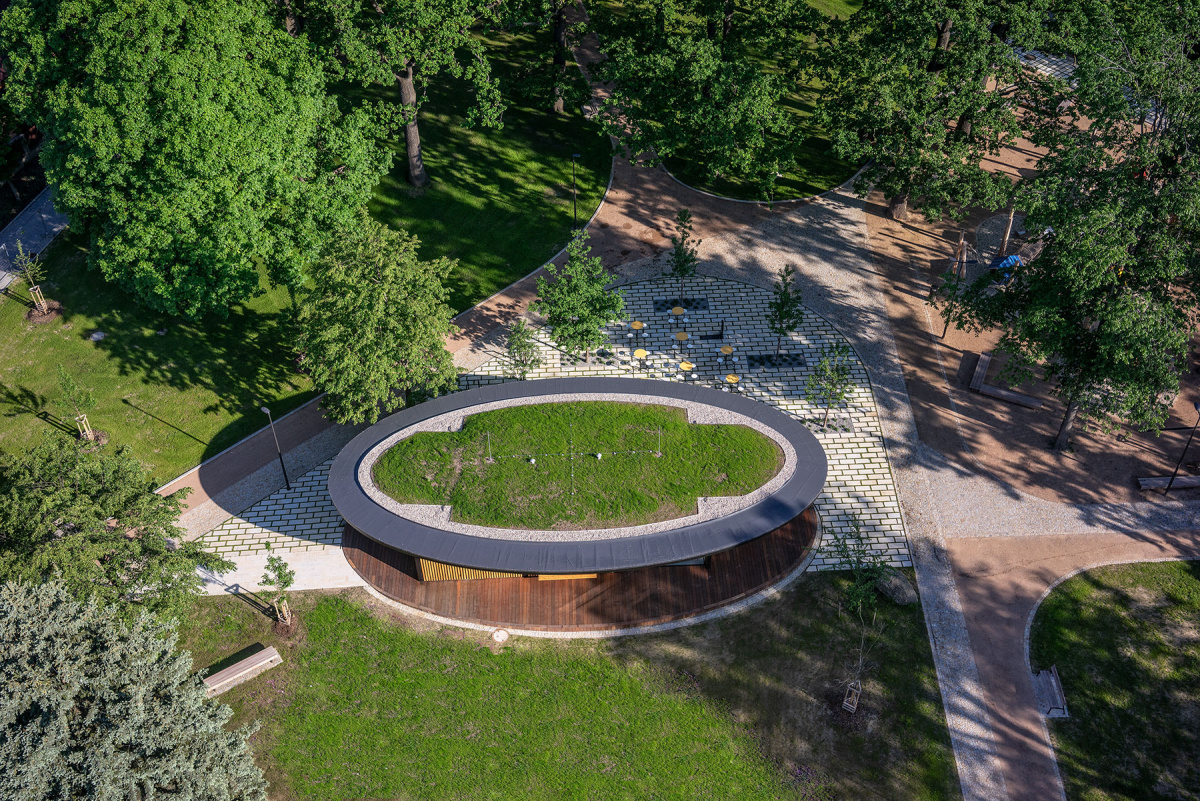
Restoration of Stromovka Park in Humpolec, 2019. Authors: architects – Luděk Rýzner, František Čekal; landscape architecture – Ateliér Partero. Photo: Naďa Popelková
How do you like to commute in Prague, and Czechia in general? Is it always possible to choose and use sustainable transport?
Public transport works pretty well in Czechia. It depends on the area, but it’s usually good enough. So I mainly use public transport in Prague and, for example, to visit my parents who live in the far east of the country. In Prague, public transport is very popular, but just one percent of people cycle. That’s amazingly low, especially if you compare it with cycling cities like Amsterdam or Copenhagen, with some 40 percent, or even similarly hilly Bern, which has around 15 percent of people cycling. I specialised in the field of communication of sustainable urban mobility because I had the experience of living in Saint Pölten in Austria and Linköping in Sweden. In both of these cities I used a bicycle to commute every day. It was possible, safe and very convenient. Linköping has around 165,000 inhabitants, but the total length of their cycling paths is the same as in Prague, which has 1.3 million people! I realised that the quality of my life increased rapidly while living in Sankt Pölten and Linköping. The air was cleaner, there was not so much noise, and I would love to see this kind of change in Czechia. And that my kids would inherit that kind of environment.
Why do you think the number of people cycling in Prague is so low?
It’s a mix of reasons. Most importantly, Prague lacks a comprehensive, safe infrastructure for cyclists, especially a solid network of separated cycling lines. Secondly, most people don’t even think of this as a mode of transport or about the many advantages, such as the health benefits, boosting creativity, being faster for short to medium distances, and so on. And being in a car is still an ego booster and status symbol in Prague, a measure of social success. That means being successful in Czechia usually means having an SUV, whereas in Stockholm it’s being fit and cycling a few kilometres before work.
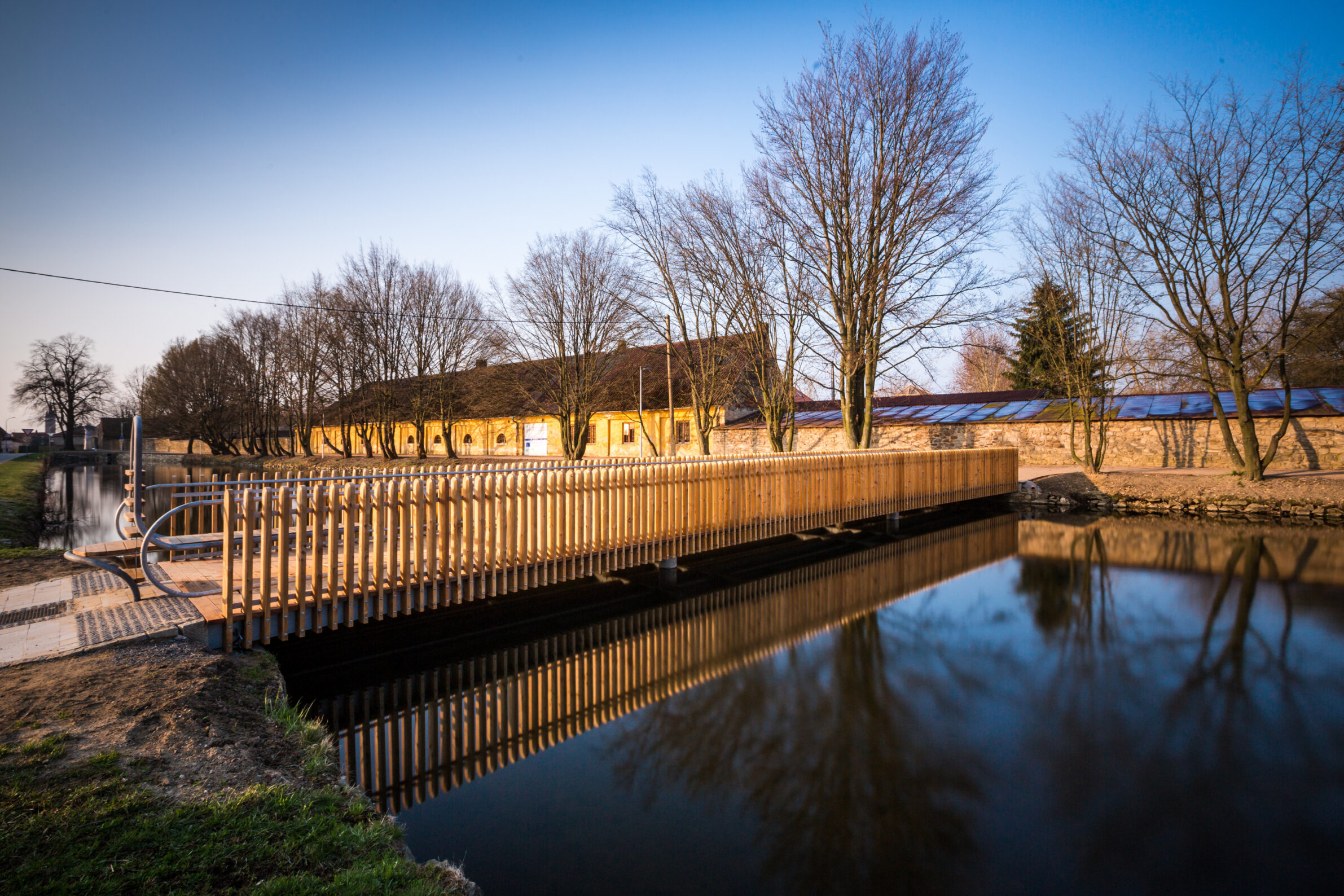
Cycle path with a wooden footbridge called From Nowhere to Nowhere in Telcč, 2018. Authors: Jiří Ondráčáček, Ondřej Ondráček, Archoo. Photo: Jaroslav Svoboda, JSPhoto
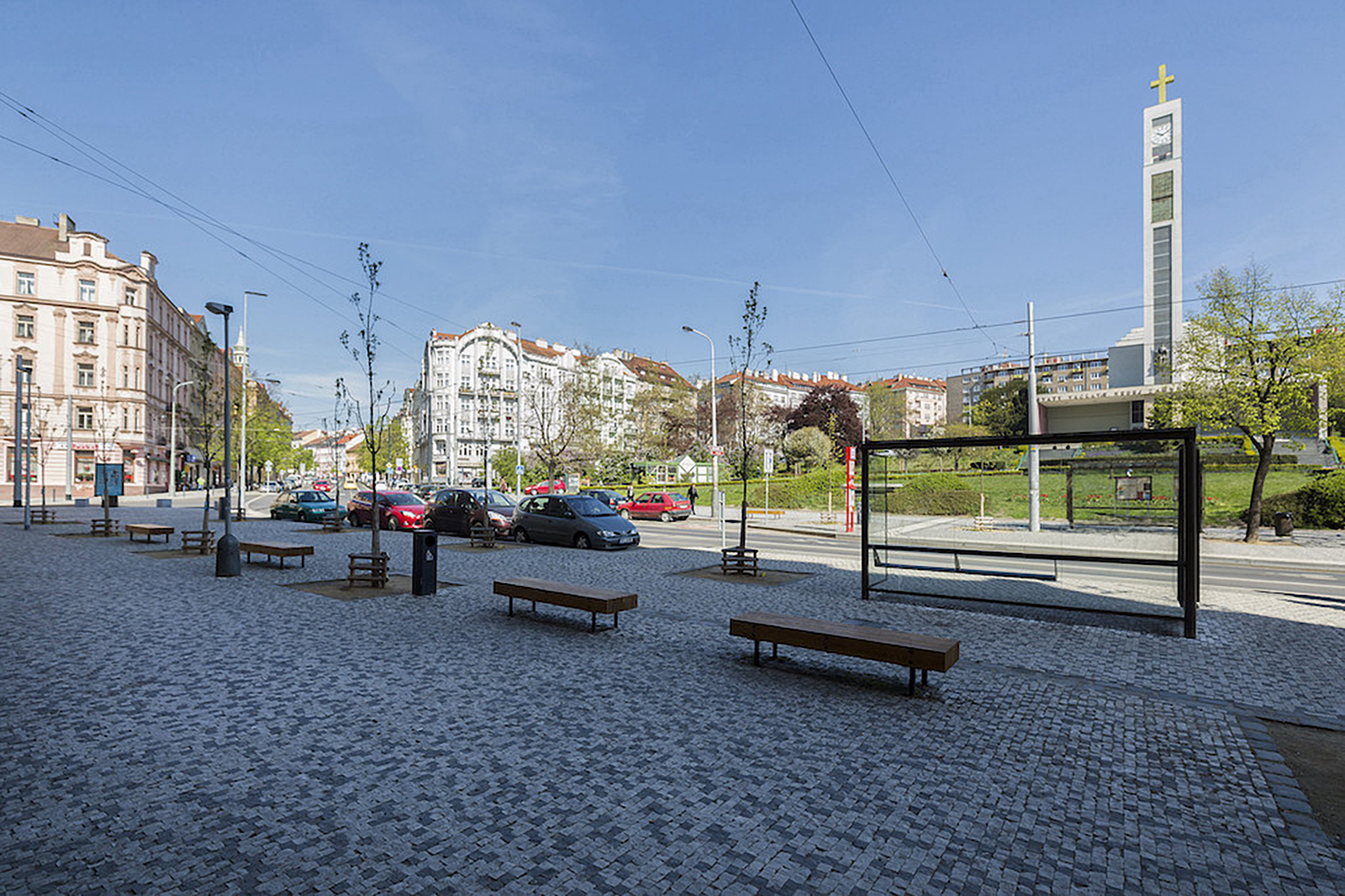
Revitalisation of Moskevska Street in Prague, 2014. Authors: Jakub Cigler Architekti. Photo: CityChangers archive
The connection between one’s choice of mobility and health is very interesting. Are you working on some special projects that emphasise this?
I believe that if you want to have successful communication with people, and encourage them to accept better solutions, then it’s very important that you have multimodal communication. I developed a communicational model for promoting sustainable mobility as a part of some academic research. The issue of health is actually one of the three main topics, besides safety and independence. Highlighting the ability to improve personal and family health resonates, while broader environmental issues often fail to engage the average Czech, who may not care much about them.
If I understand things correctly, you’re not telling people to stop driving?
If you tell people to give up their car, you just lose your position. They won’t listen to you anymore, and they’ll still use their car. Period. Nothing changes. You have to try to rebrand other mobility options – walking, cycling, public transport – so people can understand they have other good options. Maybe they have used a car all their lives and have never thought about cycling. So we try to reframe car usage by linking it to reductions in health, safety and even independence. People need to understand that life expectancy is 11 months shorter than it could be in Europe because of exposure to air pollutants from car traffic, that their kid’s asthma is not a coincidence, that a parking space is bigger than many kid’s rooms, and instead of small parking lots there could be some greenery or a nice café. It’s OK to use cars, if you really need them, but maybe you don’t need to drive every day. It’s important that people understand that driving a car isn’t the best option for every scenario.
Why is it so important to communicate sustainable mobility to the general public?
It’s vital, because when people start to understand the topic of mobility from different perspectives they can start to support their local politicians and create demand for change. Then the politicians have the power to change things and start to make decisions that actually achieve something, such as changes to public spaces, legislation, and so on. But to make this happen we need to facilitate discussions and raise awareness. Mobility in cities has a great impact on the quality of life, but many people don’t realise this yet.
What are the PUM’s plans for the future?
Speaking about the partnership, our main goal is to serve our member cities. The projects and tools may change, but our goals will remain the same. To make cities better places. To make cities for people. This is at the heart of everything we do.
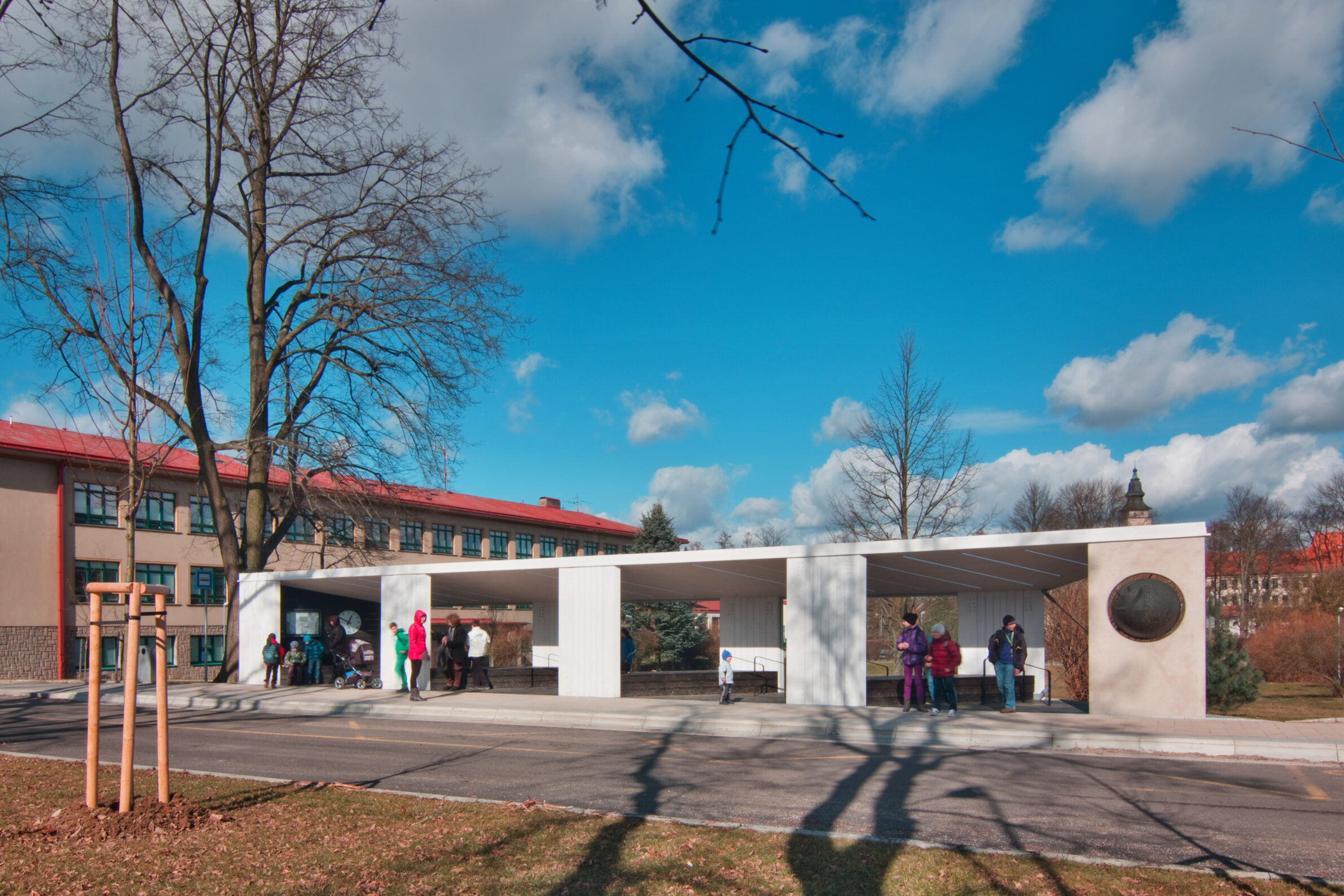
The new Gagarin terminal in Telč, 2014. Authors: Jiří Ondráčáček, Lukáš Komín, Archoo. Photo: Jaroslav Svoboda
Text: Natalija Zanoški
Photographs: Kamil Saliba, CityChangers archive, Katka Lauerová, Naďa Popelková, Jaroslav Svoboda, JSPhoto


